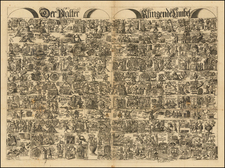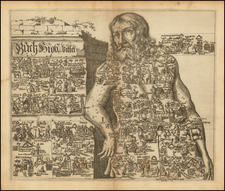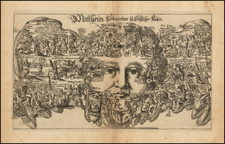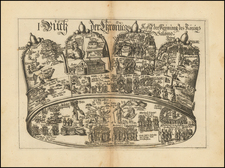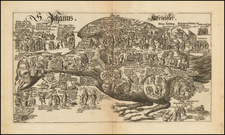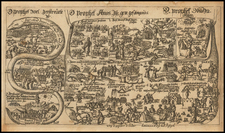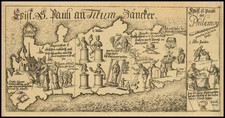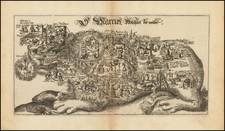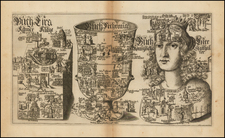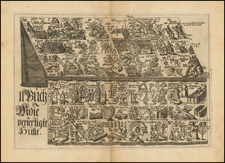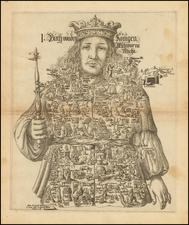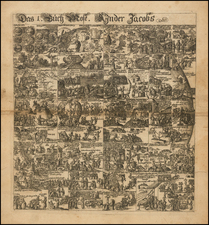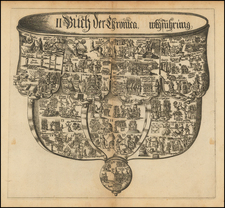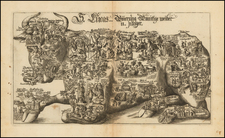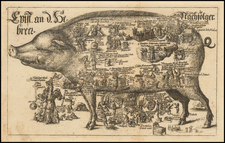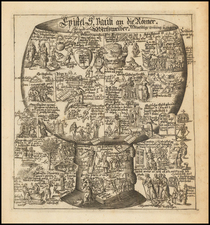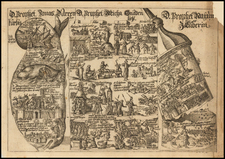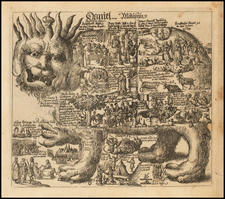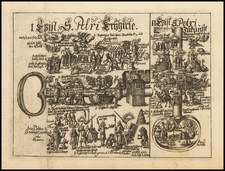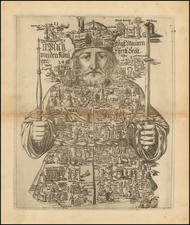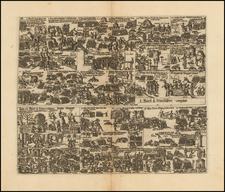Search
Place/Date:
Hamburg / 1680
Size:
18 x 13.5 inches
Condition:
VG
Stock#:
47836
Place/Date:
Hamburg / 1680
Size:
13.5 x 7.5 inches
Condition:
VG
Stock#:
47918
Place/Date:
Hamburg / 1680
Size:
7.5 x 13.5 inches
Condition:
VG
Stock#:
47816
Place/Date:
Hamburg / 1680
Size:
7.5 x 13.5 inches
Condition:
VG
Stock#:
48060
Place/Date:
Hamburg / 1680
Size:
7.5 x 13.5 inches
Condition:
VG
Stock#:
49807
Place/Date:
Hamburg / 1680
Size:
8 x 4.5 inches
Condition:
Good
Stock#:
49813
Place/Date:
Hamburg / 1680
Size:
7.8 x 3.9 inches
Condition:
VG
Stock#:
75296
Archived
Place/Date:
Hamburg / 1680
Size:
13 x 7 inches
Condition:
VG
Stock#:
47454
Place/Date:
Hamburg / 1680
Size:
13.5 x 7.5 inches
Condition:
VG
Stock#:
47894
Place/Date:
Hamburg / 1680
Size:
7.5 x 13 inches
Condition:
VG
Stock#:
47954
Place/Date:
Hamburg / 1680
Size:
13.5 x 7.5 inches
Condition:
VG
Stock#:
47976
Place/Date:
Hamburg / 1680
Size:
7.5 x 13.5 inches
Condition:
VG
Stock#:
47791
Place/Date:
Hamburg / 1680
Size:
7.5 x 13.5 inches
Condition:
VG
Stock#:
48090
Place/Date:
Hamburg / 1680
Size:
7 x 13 inches
Condition:
VG
Stock#:
49805
Place/Date:
Hamburg / 1680
Size:
10 x 6 inches
Condition:
VG
Stock#:
49808
Place/Date:
Hamburg / 1680
Size:
6 x 7 inches
Condition:
VG
Stock#:
49809
Place/Date:
Hamburg / 1680
Size:
5.5 x 8 inches
Condition:
VG
Stock#:
49810
Place/Date:
Hamburg / 1680
Size:
6.5 x 7 inches
Condition:
VG
Stock#:
49811
Place/Date:
Hamburg / 1680
Size:
5 x 7 inches
Condition:
VG
Stock#:
49812
Place/Date:
Hamburg / 1680
Size:
10 x 12 inches
Condition:
VG
Stock#:
48000
Place/Date:
Hamburg / 1680
Size:
10.5 x 8.5 inches
Condition:
VG
Stock#:
49806

